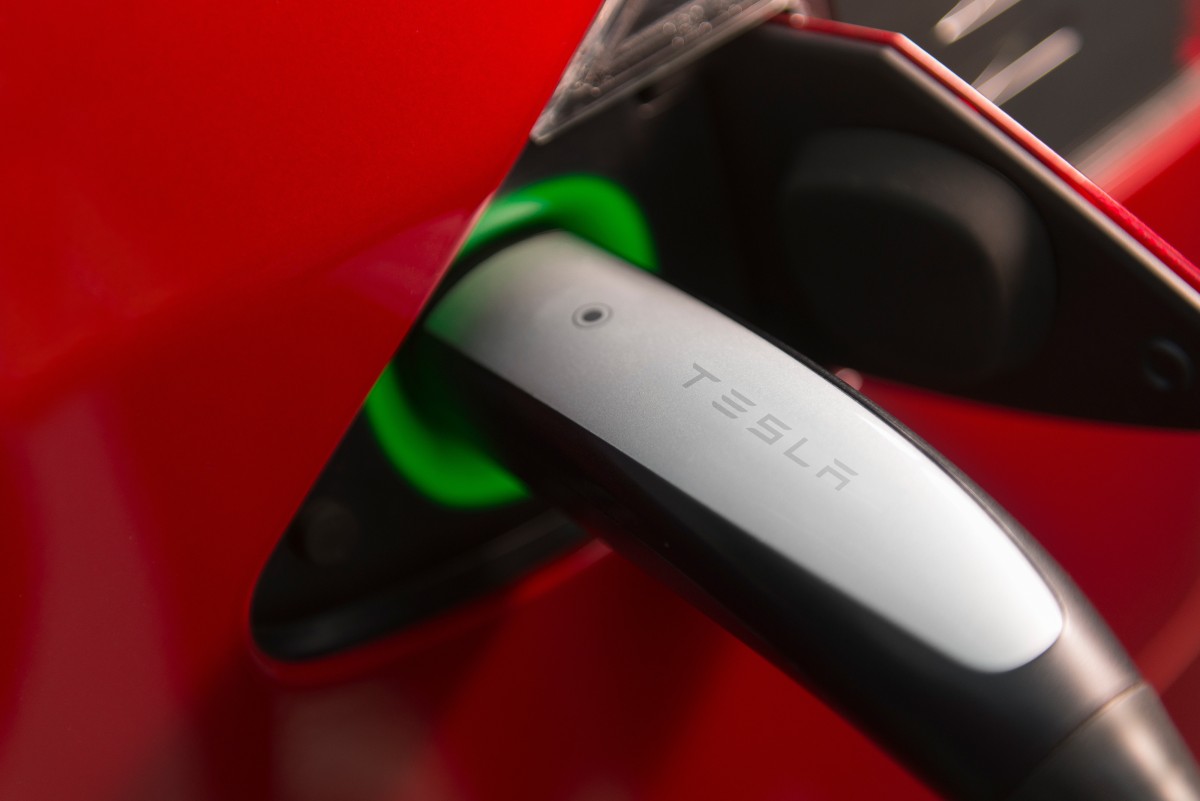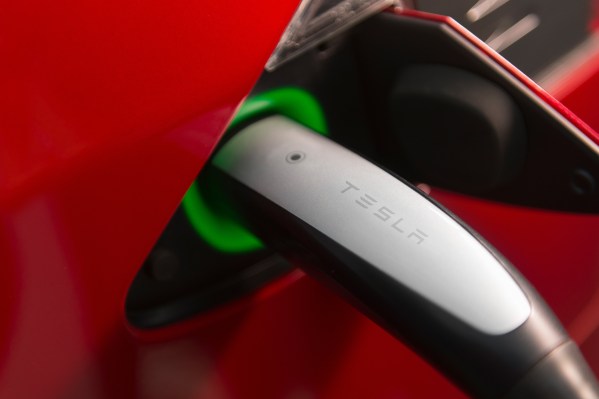The Hurried Adoption of Tesla’s NACS Plug by Automakers


The decision on the charging port for the North American electric vehicle market has finally been made. It happened gradually, then suddenly. Electrify America, the largest non-Tesla fast-charging network owned by Volkswagen, announced this week that it would add Tesla’s North American Charging Standard (NACS) plugs, signaling a significant shift in momentum.
In late 2021, it seemed like Tesla’s NACS was living on borrowed time after the government mandated EV chargers to be equipped with CCS to receive federal money. However, Tesla cut deals with competitors that revived NACS and made it the de facto standard.
Over the past month, Ford, GM, Rivian, and Volvo have all announced their switch to NACS. Other major players in the EV space, including Volkswagen, Hyundai, Stellantis, Polestar, Lucid, Toyota, and Nissan, are likely to follow suit or are in talks with Tesla.
SAE International also pledged to expedite work on developing an industry standard around NACS, addressing concerns about a competitor controlling a crucial part of the EV experience.
For current non-Tesla EV owners, who already have cars equipped with CCS, these times may feel uncertain. However, the widespread adoption of NACS raises questions about the future of EVs without NACS, the driving force behind the change, and the implications for consumers and stakeholders.
What does it mean for current non-Tesla owners?
There are currently hundreds of thousands of EVs on the road with CCS, and potentially millions more before automakers make the switch. These owners may feel unsure about what lies ahead.
